Understanding How Long Is A Cat In Heat and its Impact on Your Feline Friend’s Health

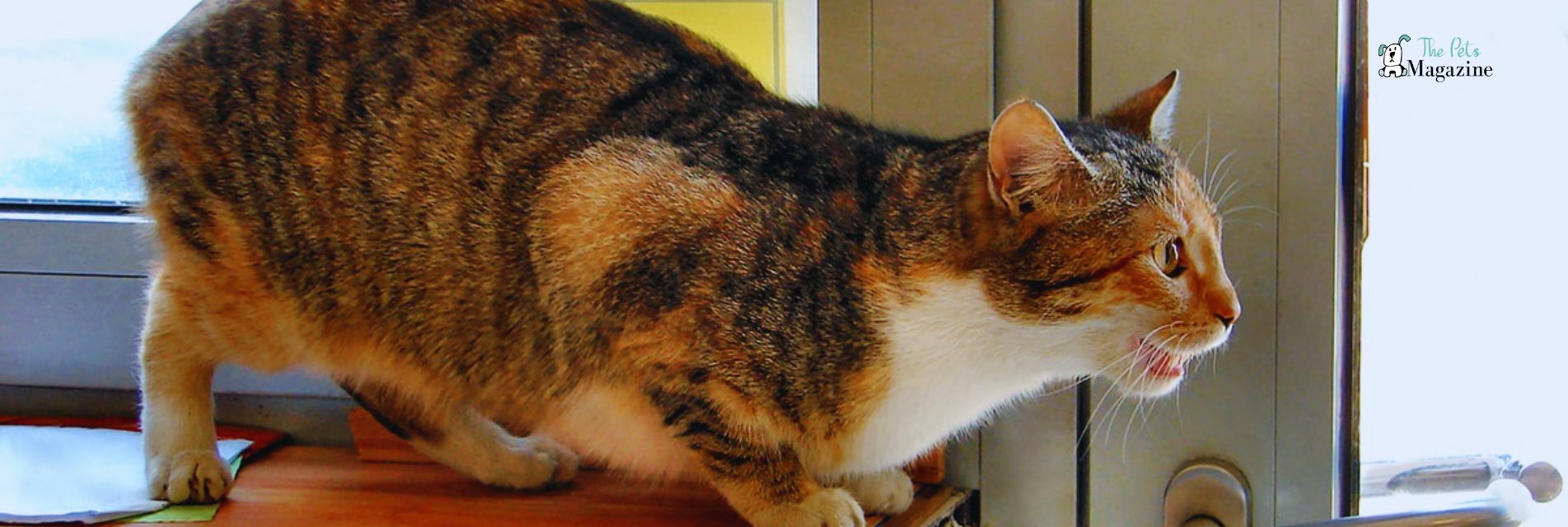
Cats are fascinating creatures, and their reproductive cycle is no exception. Understanding the heat cycle in cats is essential for any cat owner, whether you have a female cat or a male cat. Unlike humans, cats have a unique reproductive cycle that is influenced by various factors such as the season and environmental conditions.
Phases of Heat Cycles In Cats
The heat cycle in cats is divided into four distinct phases: proestrus, estrus, metestrus, and anestrus. The proestrus phase marks the beginning of the heat cycle and typically lasts for one to two days. During this phase, female cats may exhibit some behavioral changes, such as increased affection and restlessness.
The estrus phase is the most crucial phase of the heat cycle. It is during this phase that a female cat is fertile and ready to mate. The length of the estrus phase can vary from cat to cat, but on average, it lasts for about four to seven days. Female cats in heat may display certain behaviors like increased vocalization, rolling on the floor, and rubbing against objects or people.
How Long Does A Cat Stay In Heat?
The duration of a cat’s heat cycle can vary depending on various factors, such as the cat’s age, breed, and environmental conditions. On average, a cat will stay in heat for about one to two weeks. However, some cats may have shorter or longer heat cycles. It’s essential to keep a close eye on your cat’s behavior and consult with a veterinarian if you have any concerns.
Signs That Your Cat Is In Heat
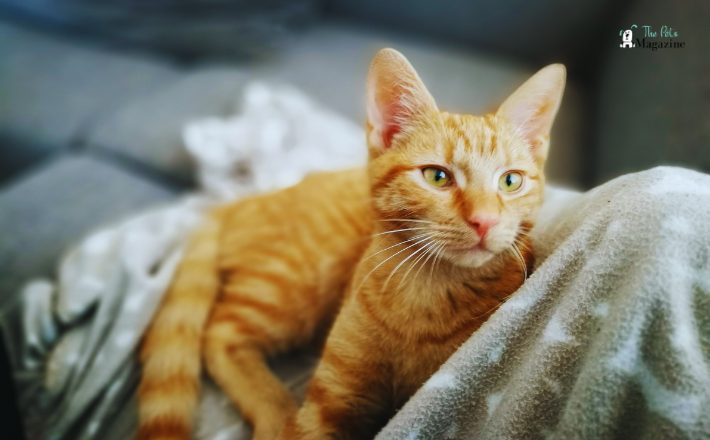
Knowing the signs that your cat is in heat can help you better understand their behavior and provide appropriate care during this time. Some common signs that your cat is in heat include:
Increased vocalization – Female cats in heat tend to vocalize more than usual. They may make loud meowing sounds or even yowl.
Rolling on the floor: Cats in heat often roll on the floor, displaying a behavior known as “lordosis.” This is a posture where the cat arches its back and raises its hindquarters.
Increased affection: Female cats in heat may become more affectionate than usual. They may rub against objects, people, or other animals in an attempt to seek attention.
When Will My Female Kitten Go Into Heat?
Female kittens typically reach sexual maturity and go into heat at around six to ten months of age. However, the exact age can vary depending on the breed and individual cat. It’s essential to keep an eye on your female kitten and consult with a veterinarian to determine when she might go into heat. Early spaying is an option to prevent unwanted pregnancies and eliminate the need to monitor heat cycles.
Reasons To Prevent Female Cats From Going Into Heat
There are several reasons why you might want to prevent your female cat from going into heat. Firstly, unspayed female cats can attract male cats from the neighborhood, leading to unwanted pregnancies. This can result in an increase in the number of stray cats and put a strain on animal shelters.
Secondly, female cats in heat may display behavioral changes that can be challenging to manage. They may become more restless, vocal, and demanding of attention. Preventing your cat from going into heat can help maintain a peaceful and harmonious environment in your home.
Furthermore, un-spayed female cats are at a higher risk of developing certain health issues, such as uterine infections and mammary tumors. Spaying your cat can significantly reduce the risk of these conditions and promote overall health and well-being.
Ways To Prevent Your Cat From Going Into Heat
There are several ways to prevent your cat from going into heat. The most effective and commonly recommended method is spaying. Spaying, also known as ovariohysterectomy, involves the surgical removal of a female cat’s ovaries and uterus. This procedure not only prevents heat cycles but also eliminates the risk of unwanted pregnancies and reduces the chances of certain health issues.
If you’re not ready to spay your cat, there are other options available. Hormonal contraceptives, such as injections or pills, can be used to suppress heat cycles temporarily. However, it’s important to note that these methods may have potential side effects and should be discussed with a veterinarian.
Health Risks Associated With Multiple Heat Cycles
Allowing your female cat to go through multiple heat cycles can pose certain health risks. One of the most significant risks is the development of uterine infections, also known as pyometra. Pyometra is a potentially life-threatening condition in which the uterus becomes infected and filled with pus. Spaying your cat eliminates the risk of pyometra and ensures her long-term health.
Another health risk associated with multiple heat cycles is the increased likelihood of mammary tumors. Female cats that have gone through multiple heat cycles have a higher chance of developing mammary tumors compared to spayed cats. Spaying your cat before her first heat cycle significantly reduces the risk of mammary tumors.
Spaying As A Solution To Prevent Heat Cycles
Spaying your cat is the most effective and recommended solution to prevent heat cycles and the associated health risks. Besides eliminating the risk of unwanted pregnancies and reducing the chances of certain health issues, spaying has several other benefits.
Spayed cats are less likely to roam and exhibit aggressive behavior, reducing the risk of fights and potential injuries. Additionally, spaying can help control the cat population and prevent the overpopulation of stray cats.
Why Is It Important To Learn About The Heat Cycle In Cats?
Understanding the heat cycle in cats is crucial for every cat owner. Knowing how long a cat stays in heat and recognizing the signs can help you provide appropriate care and make informed decisions about spaying. Preventing your female cat from going into heat not only eliminates the risk of unwanted pregnancies but also reduces the chances of certain health issues.
If you have a female cat that has not been spayed, consider consulting with a veterinarian to discuss the benefits of spaying and to schedule the procedure. Taking proactive steps to prevent heat cycles can significantly improve your cat’s quality of life and ensure their long-term health.





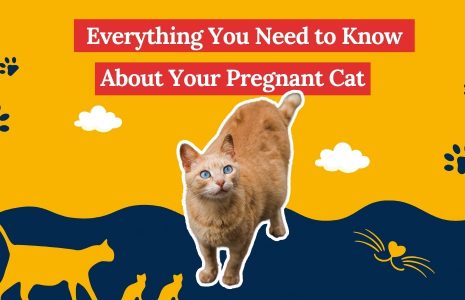
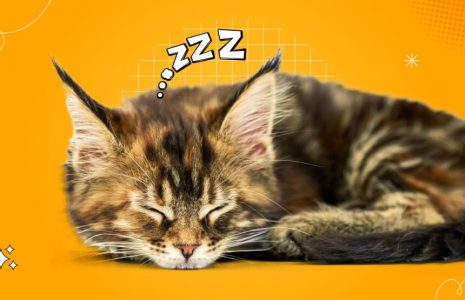
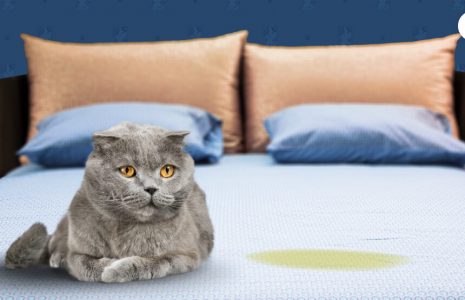
Leave A Comment